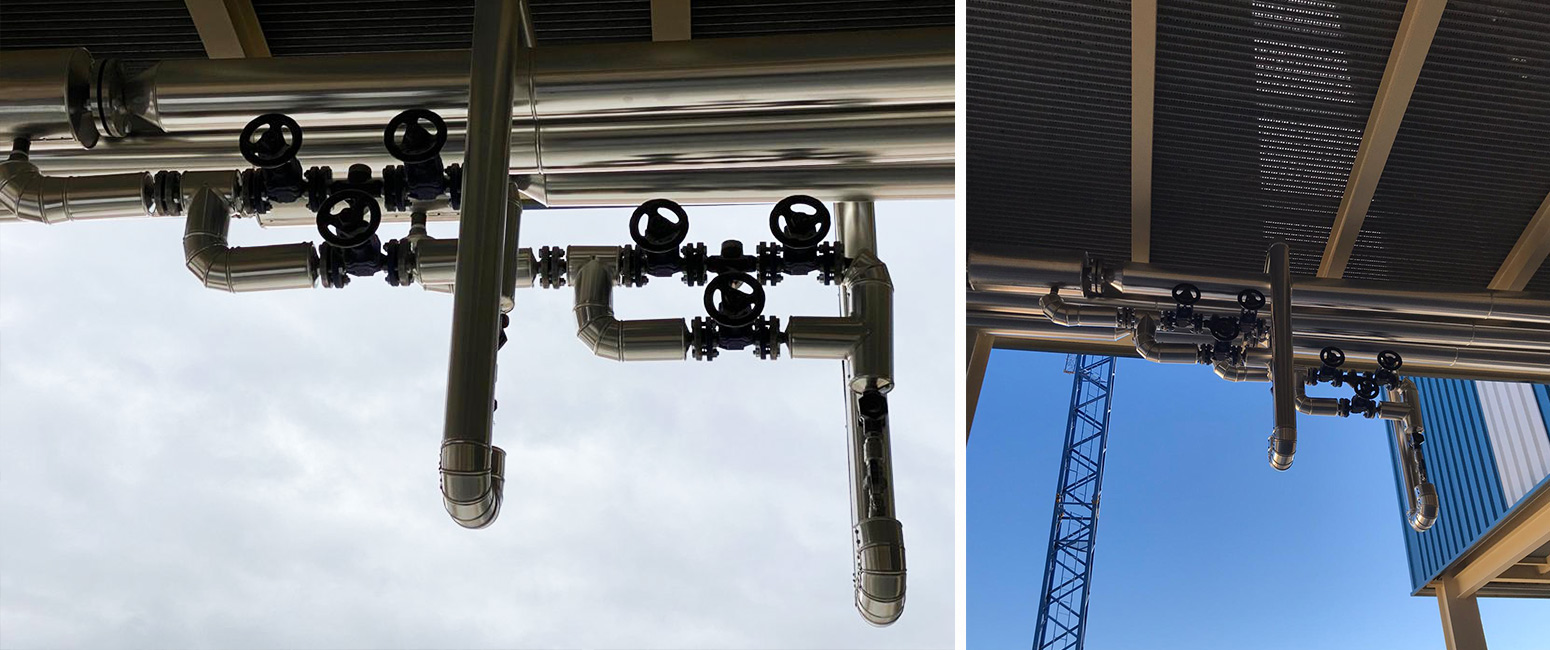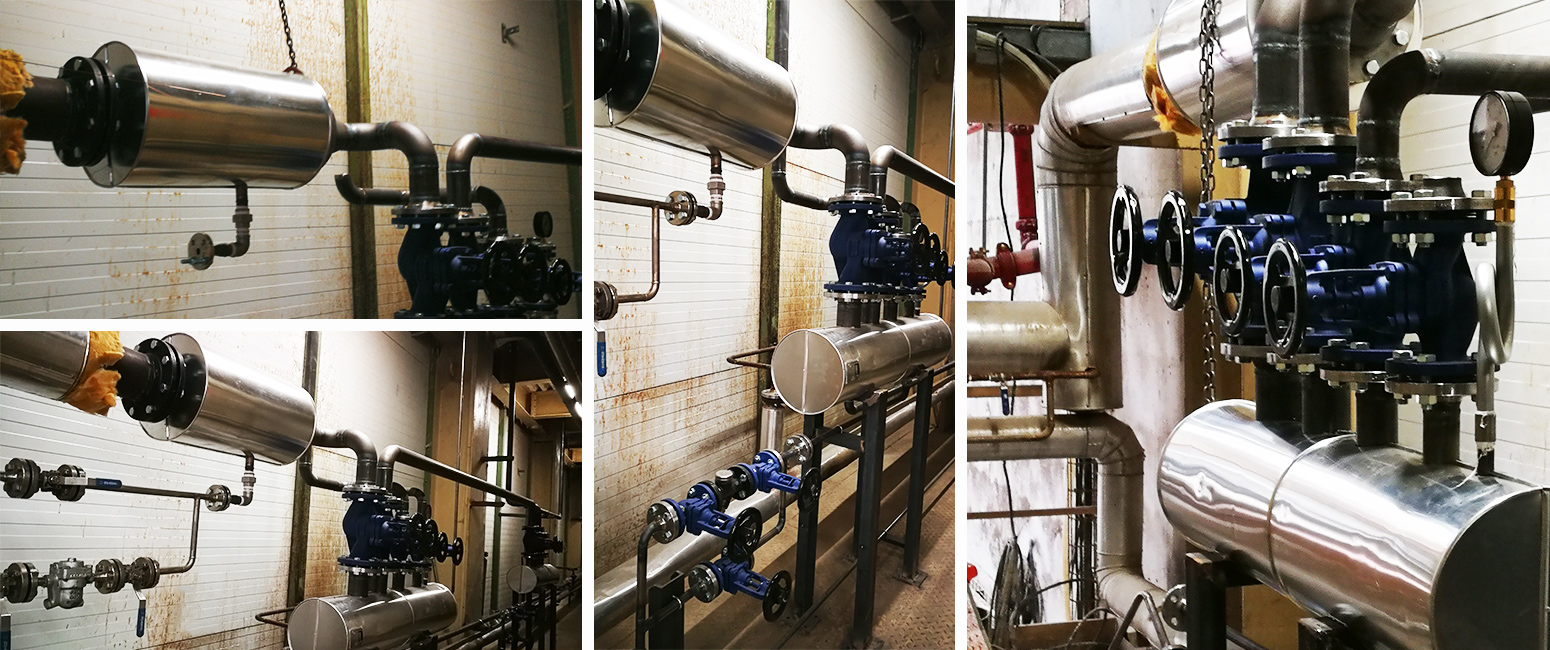Failure to remove the generated condensate would result in a loss of efficiency in the system, generating water hammer during start-ups, erosion of valve seats due to high humidity, and general corrosion.
In process equipment that uses steam, the condensate generated is usually abundant and if it is not properly sized, the evacuation can cause serious damage due to water hammer, uneven heating and low heating efficiency. A secondary function of the traps is to discharge non-condensable gases, usually air.


